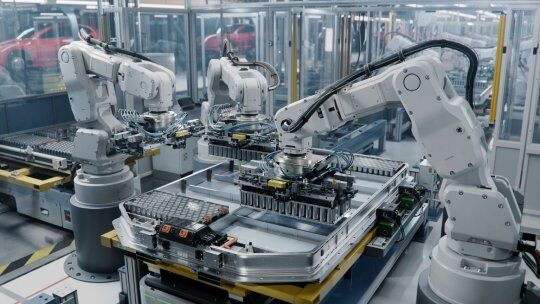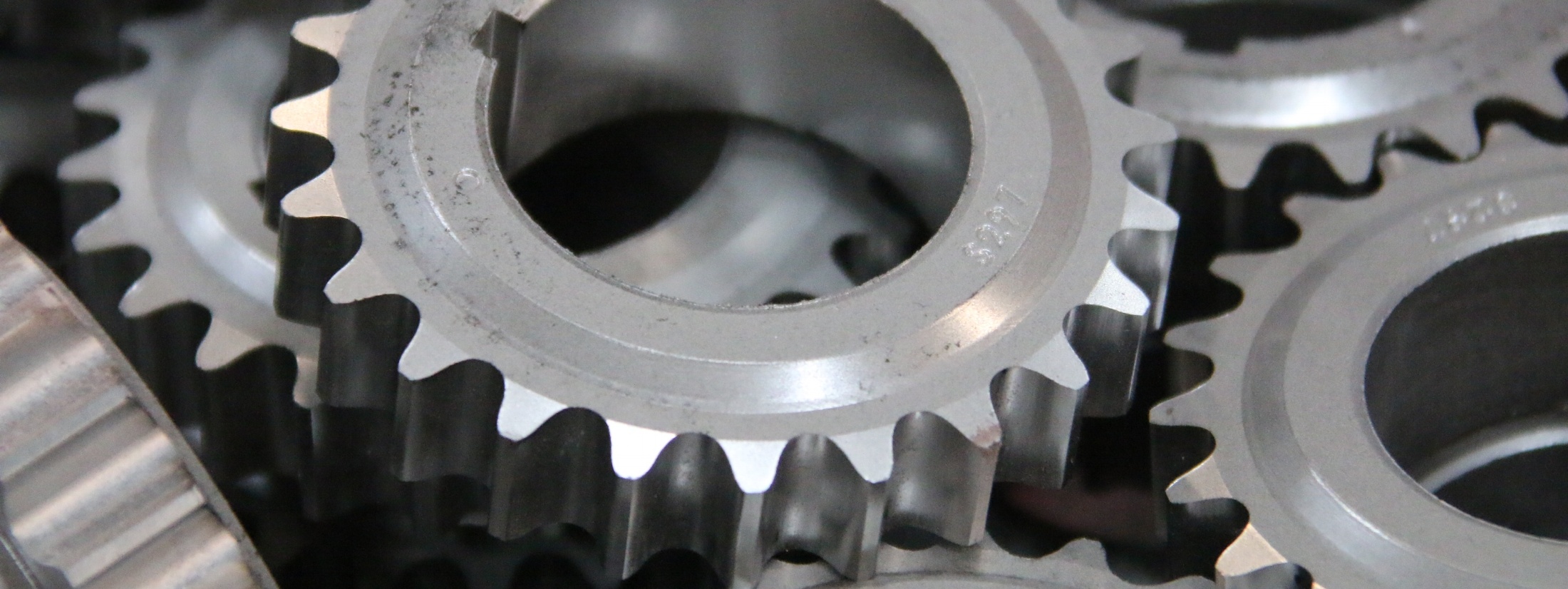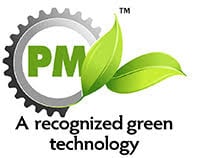
For those looking to produce complex, precise parts for various applications, one of the most useful processes out there is metal injection molding (MIM). At PolyAlloys Injected Metals Inc., we're proud to offer the very best in metal injection molded components, with a wide range of materials available for various industrial applications.
Because of their unique characteristics, parts created using metal injection molding have a wide range of robust applications. Here's a look at what MIM services are and how they work, some of their main benefits and applications, and also some basics on the services we can provide as a broad based powdered metallurgy company.
Metal Injection Molding MIM Basics
For those just learning about metal injection molding, the basics of this process are actually quite simple. In short, it's a highly adaptable production technique that takes advantage of two existing processes: plastic injection molding and powdered metallurgy.
MIM combines the strengths of both these processes to create complex parts with intricate shapes and details that can't be produced using traditional machining or casting methods.
How Metal Injection Molding MIM Works
The process begins with a fine metal powder being combined with an organic binder material such as wax or thermoplastic polymer to create a "feedstock." This mixture is then heated to form a viscous slurry which can be injected into molds using standard plastic injection molding machines.
The part is then debound to remove the organic binder, leaving behind a "brown part" made of just the metal powder. This brown part is then sintered at high temperatures in a hydrogen atmosphere to fuse the metal particles together, resulting in a very near fully dense and strong final product.
Benefits of Metal Injection Molding Services
MIM offer several significant advantages over traditional manufacturing methods, including:
- High precision: The use of molds allows for extremely precise and intricate designs to be produced with consistent dimensions and properties. There are fewer design restrictions with metal injection molding compared to traditional machining methods.
- Cost-effective: Metal injection molding can reduce production costs, especially for complex parts, as it eliminates the need for multiple manufacturing steps.
- Versatility: This process supports a wide range of materials, including stainless steel, tungsten alloys, high strength steel alloys, copper, and more. It's also suitable for producing both small and large quantities of parts.
- High volumes: The use of automated equipment allows for high production volumes, making metal injection molding an ideal process for high-volume industrial applications.
- Less waste and scrap: The use of molds and precise control over the amount of material used means there is minimal waste and scrap generated during production.
Applications of Metal Injection Molding
With its versatility, precision, and cost-effectiveness, metal injection molding has a wide range of industrial applications. Some common examples include:
- General consumer goods: There are numerous applications for metal injection molded parts in everyday consumer goods such as heat sinks, buttons and switches, and fasteners.
- Components for firearms: The firearms industry often utilizes metal injection molding for the production of small, complex components such as triggers, sears, hammers, sights, safeties, and firing pins.
- Automotive industry: Metal injection molded parts are used in the automotive industry airbags, seatbelts, steering, turbochargers, sensors, fuel injectors, and braking systems.
- Aerospace industry: With its ability to produce complex and strong parts, metal injection molding is widely used in aerospace applications.
- Medical equipment: Metal injection molded parts can be found in various medical devices such as surgical tools, orthodontic brackets, endoscopic forceps, orthopedic support mechanisms, diagnostic equipment sensors, and hearing aid components.
At PolyAlloys Injected Metals, our metal injection molding MIM caters to a wide range of industries. With our state-of-the-art equipment and experienced team, we can produce high-quality metal injection molded parts for a wide-variety of consumer and industrial applications.
Our Powder Metallurgy History
Our nearly 70 years of experience producing hundreds of millions of precision components in the powder metallurgy (PM) industry provides us with a strong foundation for success in MIM component production since PM is closely related to MIM. Our expertise in PM has allowed us to become a leader in the MIM industry, providing our customers with unparalleled quality and precision.
As mentioned earlier, powder metallurgy (PM) is closely related to metal injection molding. The PM process involves compacting fine metal powders into a die under high pressure to create a green metal component. The component then is heated to just below its melting point, allowing the particles to fuse together. While not able to achieve as much part complexity as the metal injection molding process, powder metallurgy (PM) is still useful for creating complex and strong metal parts.
A great powder metallurgy company like PSM Industries offers quality powder metallurgy services for a variety of applications. It's an excellent alternative to metal injection molding for larger parts that don't require such precise details.
Overall, both PM and MIM are incredibly versatile and cost-effective processes which are useful in a wide variety of consumer and industrial applications. From everyday consumer goods to critical components in aerospace and medical equipment, these processes have revolutionized the production of complex metal parts.
At PSM Industries, we offer the very best metal injection molding services you'll find in the industry and we're also a top powder metallurgy company, providing a comprehensive range of services for all your metal component needs.
Contact us today to learn more about how our services can benefit your business!





